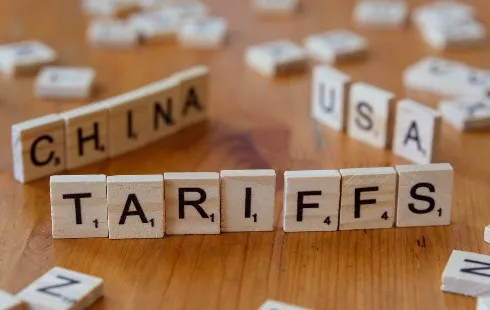
Trump's Tariff War: China Urges Immediate Repeal of Tariffs Amid Countermeasures
Section: News
The European Organization for Nuclear Research (CERN) is moving closer to solidifying plans for a new particle accelerator, the Future Circular Collider (FCC), although significant hurdles remain before its realization. A recently released feasibility study suggests that constructing this ambitious project is indeed possible, yet it does little to quell ongoing debates over the future direction of particle physics in Europe.
CERN, located in Geneva, stands as the largest laboratory for particle physics globally. The organization must decide within the next few years which accelerator will succeed the Large Hadron Collider (LHC) after its decommissioning, anticipated around 2040. The LHC is renowned for its role in the discovery of the Higgs boson in 2012, a pivotal milestone in particle physics.
Many physicists within Europe advocate for a circular accelerator that would initially collide electrons with their antiparticles, transitioning to proton collisions by 2070. The FCC would require the construction of a new 91-kilometer ring tunnel beneath parts of France and Switzerland.
The feasibility study, published recently, examined approximately a hundred potential tunnel designs. It involved seismic assessments and initial drilling on the French side to evaluate the underground conditions. Similar drilling is planned for Switzerland in the coming months. The study also considered environmental impacts, accessibility for construction, and the availability of water and electricity.
The proposed FCC tunnel would average 200 meters beneath the surface, traversing under Lake Geneva and the Rhône Valley. The geological composition mainly consists of sedimentary rock, conducive to excavation with tunnel boring machines. However, there is a challenging section of karst rock that will require special attention.
Excavation is projected to yield around eight million cubic meters of rock, roughly equivalent to the volume of three Cheops pyramids. Investigations are underway to determine how this material could be repurposed into fertile soil for agricultural use and other applications.
The study also assesses the energy and water demands of the FCC. Currently, CERN consumes about 1.3 terawatt-hours of electricity annually, roughly half the energy usage of the entire Geneva canton. The FCC is expected to increase this demand, requiring between 1.1 and 1.8 terawatt-hours per year, with an additional 0.5 terawatt-hours needed for CERN's operations. The French electricity provider RTE has confirmed that it can meet this demand without the need for infrastructure upgrades.
Despite the technical feasibility of the FCC, the project faces competition from alternative proposals. One such suggestion is to construct a linear accelerator about 50 kilometers long, designed to accelerate electrons and positrons to high energies. Another proposal suggests enhancing the existing LHC tunnel to accommodate a more powerful accelerator.
Even proponents of the FCC are divided on whether the two-phase approach--first establishing an electron-positron collider followed by a proton-proton collider--is the best strategy. Some believe that a direct proton-proton collider would be preferable, although the necessary magnet technology for this option is not yet developed. Additionally, there are voices within the particle physics community that oppose the construction of a new large accelerator entirely, citing concerns over funding for smaller-scale experiments.
CERN is tasked with formulating a cohesive strategy that garners broad support from the physics community. To aid in this process, an expert group has been established to update the European strategy for particle physics, a process last undertaken in 2020. This group has until January 2026 to evaluate the proposals and provide recommendations to the CERN Council, which represents the organization's member states. A conclusive decision from the CERN Council is expected no sooner than 2027. If the FCC is selected, construction could commence in the early 2030s.
The challenges facing CERN in making this decision are compounded by the outcomes from the LHC. While the LHC successfully confirmed the existence of the Higgs boson, it did not reveal expected anomalies that could suggest new physics beyond the Standard Model. This absence of unexpected findings has left many physicists yearning for a clearer path forward in their research.
Physicist Hans-Peter Beck likens the current understanding of the Standard Model to a flat Earth theory, which works well on a small scale but fails to account for broader complexities. The FCC aims to address this by conducting precise measurements to refine the Standard Model, followed by a proton-proton collider capable of achieving collision energies of 100 tera-electronvolts--eight times higher than that of the LHC.
Ultimately, the decision surrounding the FCC will hinge not only on scientific merit but also on financial considerations. The estimated cost for the first phase of the FCC over a twelve-year period is approximately 15 billion Swiss francs, covering tunnel construction, infrastructure, accelerator development, and detector systems. This financial commitment is about three times the initial investment for the LHC.
Currently, CERN's annual budget stands at 1.2 billion Swiss francs, and funding for the FCC will likely necessitate increased contributions from member states. However, the willingness of countries to elevate their financial support remains uncertain, particularly in light of Germany's previous reservations about additional funding amid current economic conditions.

Section: News
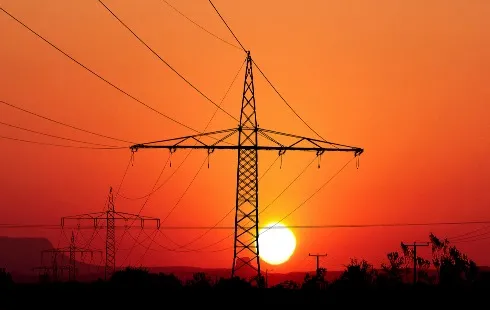
Section: News
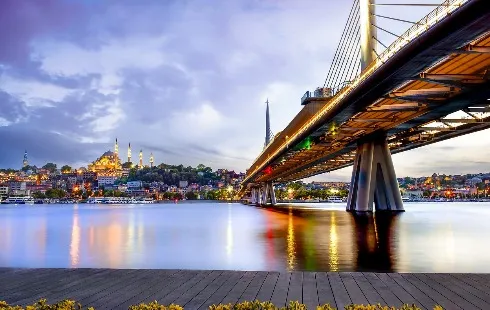
Section: Politics
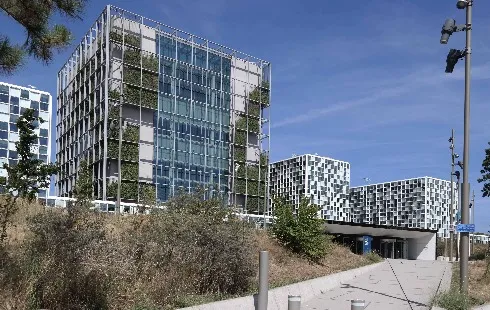
Section: News
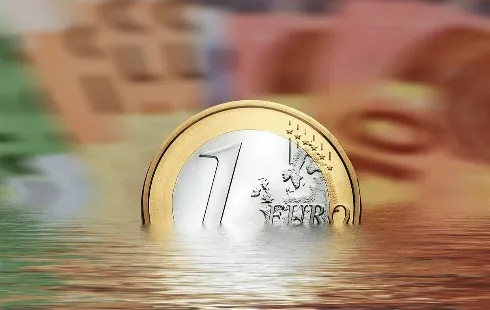
Section: News
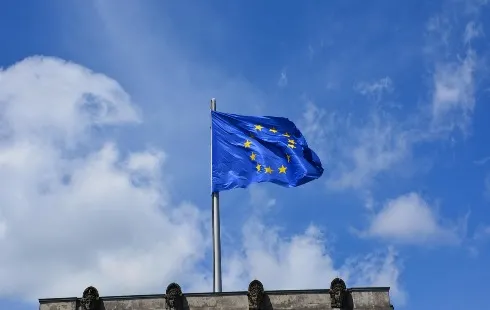
Section: Politics

Section: Arts

Section: News

Section: News
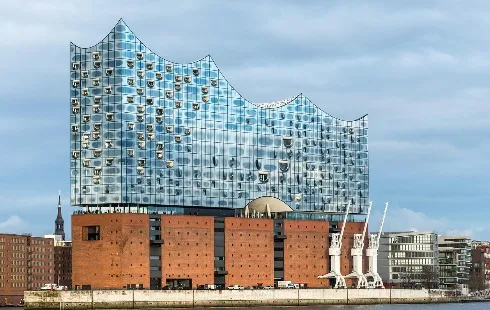
Section: Business

Health Insurance in Germany is compulsory and sometimes complicated, not to mention expensive. As an expat, you are required to navigate this landscape within weeks of arriving, so check our FAQ on PKV. For our guide on resources and access to agents who can give you a competitive quote, try our PKV Cost comparison tool.

Germany is famous for its medical expertise and extensive number of hospitals and clinics. See this comprehensive directory of hospitals and clinics across the country, complete with links to their websites, addresses, contact info, and specializations/services.

Join us for a captivating organ concert featuring Giacomo Gabusi from Bologna. Experience an evening of classical music with works by Wagner, Bossi, and Messiaen, among others. This event is part of the Pasinger Orgeltage series, promising a delightful musical experience. Admission is free, but...
No comments yet. Be the first to comment!